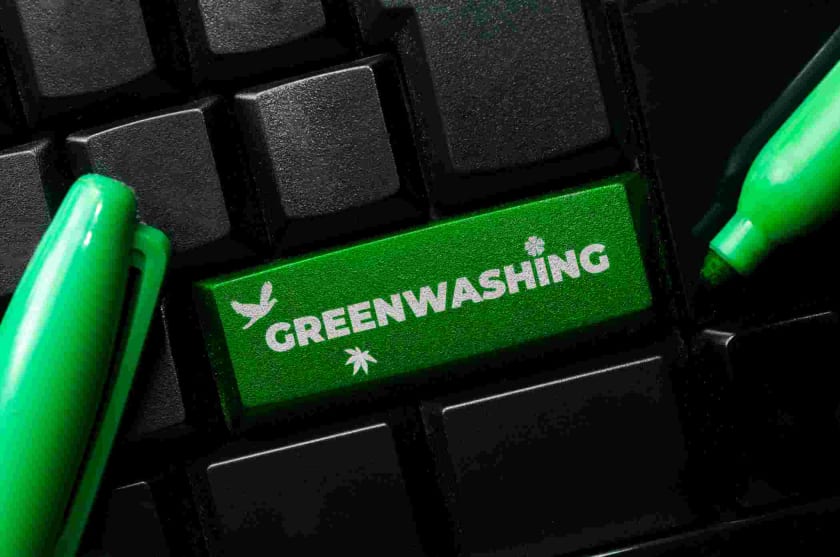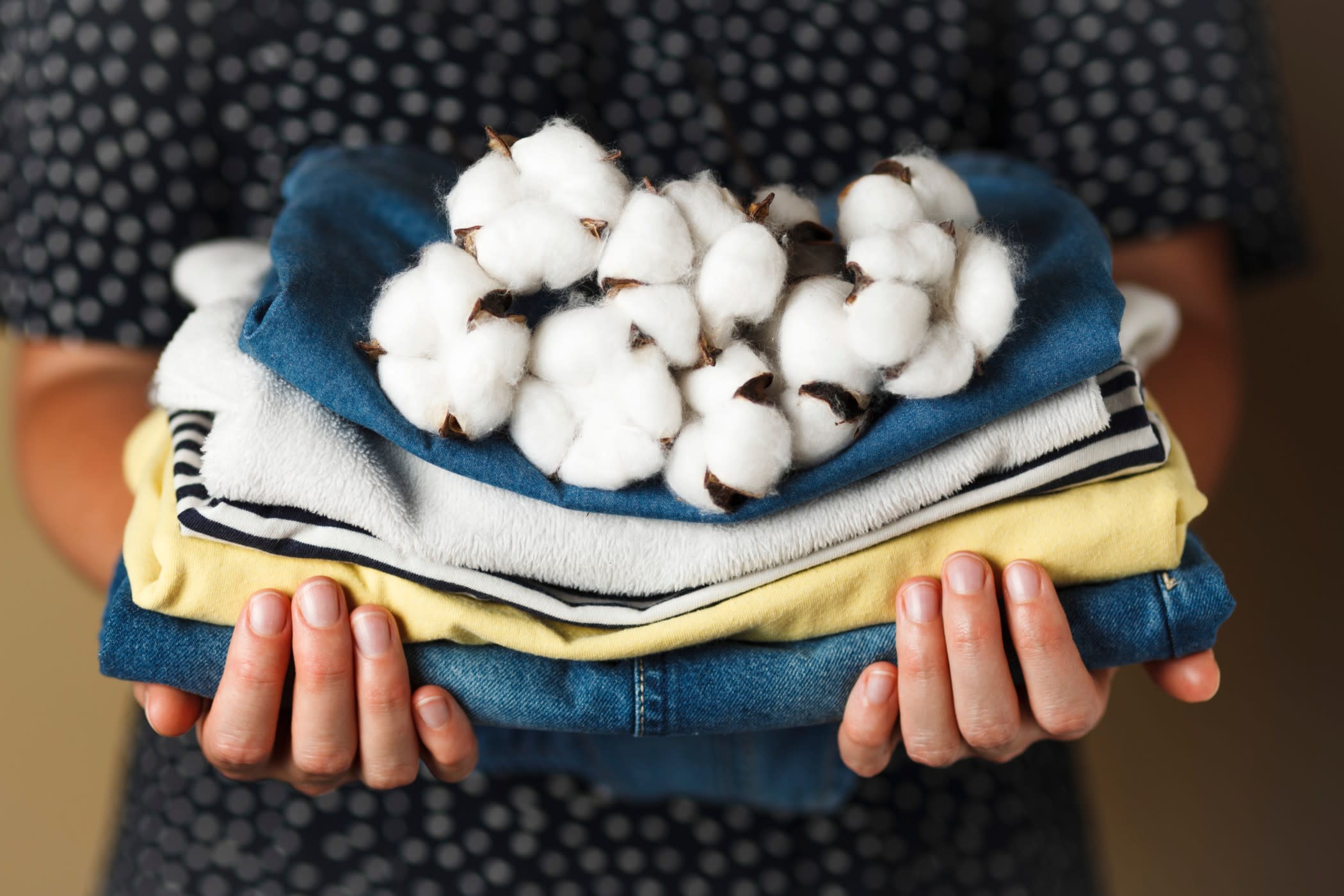What is Greenwashing? How To Avoid Greenwashing as a Brand?



Consciousness about the environment has risen among the public in the past half century. More consumers today want to do business with “green brands” that care about the environment. Unfortunately, this has led to some businesses faking their environmental concern. Using shady PR tactics, it is easy to manipulate you into believing that a business is sustainable. One such marketing spin used by shady brands is Greenwashing.
Greenwashing can be defined as a pretension on brands’ part to suggest they care for the environment. The companies in question try to suggest that the products are environmentally friendly (or natural), or that the brand is ecologically sensitive, even though the same is not true. But through such activities an image of a socially responsible business may be built. This practice is nothing short of deception and is justifiably considered unethical.
What is Greenwashing?
Greenwashing is a marketing tactic used to make brands look environment-friendly. Does a brand’s sustainability record look too good to be true? Do they spend a lot of money to remind their customers that they are eco-friendly? If so, it’s possible that the brand is using greenwashing as part of their marketing strategy.
Greenwashing (also known as ‘green sheen’) was coined by environmentalist Jay Westervelt in 1986. The term itself is influenced by the metaphorical term ‘whitewashing’.
A “greenwashing brand” fakes its concern for the environment. Its products, aims or policies seem environment-friendly on the surface. Dig deeper and you’ll find that’s not the case! What’s worse is that greenwashing brands actively market their fake “green status” to consumers while consumers believe they are making a difference (to the environment) by purchasing from such brands.

We at Fashinza are firmly against the practice of greenwashing. Eco-conscious consumers deserve better! It is worrying how common the practice of greenwashing has become. In the fashion industry, an average consumer cannot distinguish genuine eco-conscious brands from fake ones.
How to avoid Greenwashing?

Let’s face the facts here: consumers have busy lives. It is difficult to browse through and identify deceptive greenwashing practices for every business! That said, some guidelines are handy to identify greenwashing.
Consumers should look into the core business practices of a brand. A genuinely eco-conscious brand promotes sustainability as a core business ethic rather than as a superficial add-on. In other words, such a brand will spend time and resources to improve its sustainability.
Numbers don’t lie. One should look out for facts and figures backed by independent third-party sources. Fluffy words and PR-friendly articles alone are not enough to prove that a business is green.
With regards to the fashion world, consumers should inquire about the materials used by a brand. Fashion brands often promote greenwashing by claiming to use natural degradable fibres. Such examples include viscose, rayon and bamboo. While the use of natural fibres is commendable, it is not in itself enough. A fashion brand should also source such materials in a sustainable closed-looped manner.
Eight Tips to Ensure You’re Not Giving in to Greenwashing
1. Green does not mean eco friendly! We humans associate colors with certain emotions, values etc. Advertisers often prey on subconscious assumptions within us. This means that consumers see a business as “green” if it uses the color green in its marketing.
Don’t get fooled by glossy nature-friendly advertisements. This applies especially for images of Nature or recycling logos. Always do your research and evaluate the product and the label.
2. Independent third-party groups often grade businesses on their eco-friendliness. Consumer Reports, for example, publishes a “report card” verifying the green status of various companies. You can evaluate various products and labels and also browse by company or category.
Such “green grading” systems are reliable and useful. They can help consumers steer clear of greenwashing businesses.

3. You should also check for “green certifications'' on products. Examples include Silk Mark or Greenguard Certification, e-Global Recycled Standard (GRS) etc.
4. Verify product claims that sound scientific and logical. Does a product say “all-natural”, “organic”, or “eco-friendly” on the packaging? Are you sure that’s the case?
Any brand worth their salt should be able to explain their eco-friendly standards. Check the packaging label or do a Google search on the product. Even a cursory search can reveal much.
5. Learn about the raw materials used by a brand. In the case of the fashion world, figure out what fabrics are being used to make clothes. Look into how sustainable or organic the fabrics really are. How were they made? What chemicals were used in the production process? This way, you cannot be fooled into buying fake eco-friendly clothing.
6. Trust your instincts. If you are not fully satisfied with a brand’s environmental record, do not buy their products.
7. There are no stupid questions, only stupid people who don’t ask questions! Ask as many questions about the product as you like. A genuinely eco-friendly brand is transparent with its manufacture and marketing. It can defend its sustainability rating by addressing all your concerns.
8. Shop with eco-conscious values in mind. Take steps to making environment-friendly choices. One way is to research the products you plan to purchase before going to the store. That way, you can get that item without falling for greenwashing ads at the store.



















